NUUMOON
MYOFUNCTIONAL
A Unique Center in French-speaking Switzerland, Dedicated to Myofunctional Therapy
This project was born from the desire to bring together, under one roof, a network of healthcare professionals from complementary disciplines. Here, orthodontists and therapists coordinate the child’s oro-myofunctional rehabilitation in an infrastructure designed for them.
Consultation in our functional practice: a personalized treatment plan for each child with exercises for breathing – tongue posture – swallowing – cheek/lip tone.
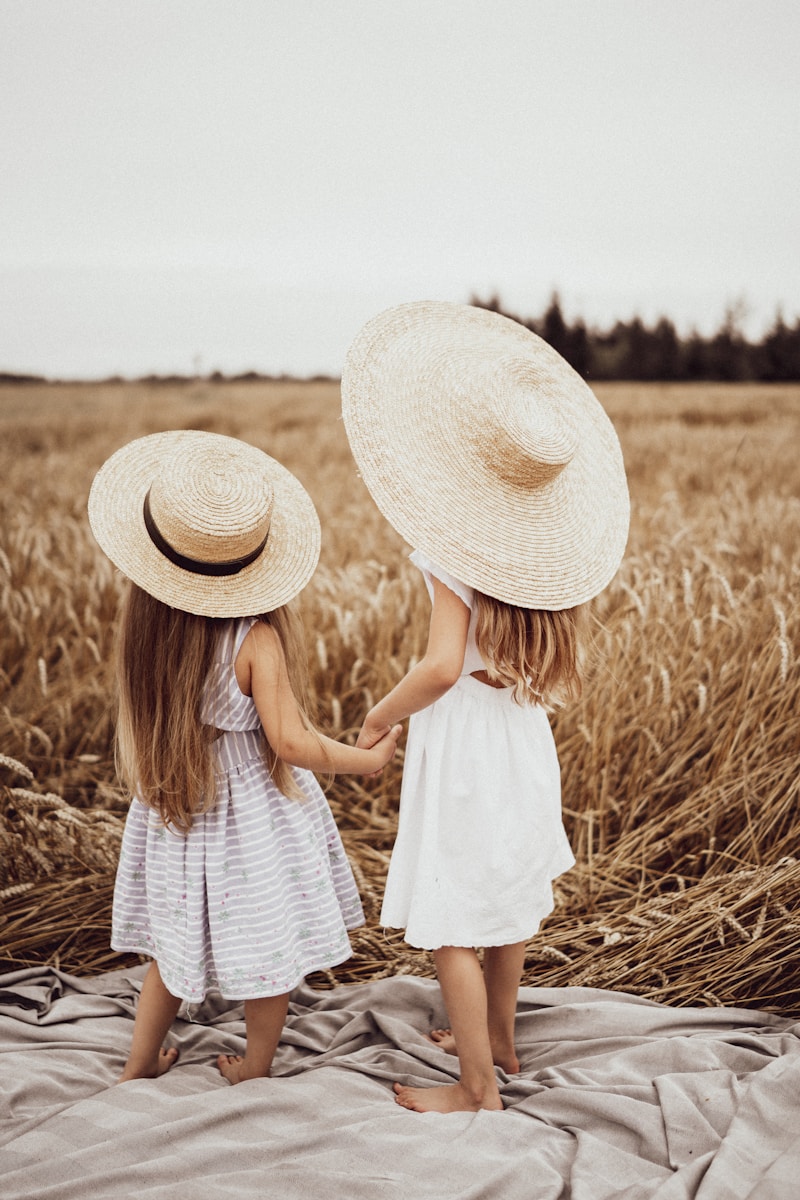
What is Myofunctional Rehabilitation?
Myofunctional Rehabilitation: Origins and Challenges
Myofunctional rehabilitation or therapy aims to correct disorders of the mouth and facial muscles. From the early 20th century, it was observed that muscular dysfunctions could influence speech, dentition, and jaw growth. In the 1960s, Walter J. Straub proposed an initial system to treat certain pronunciation errors. Then, in the 1970s, speech therapist Daniel Garliner popularized a structured and practical approach in Europe, which is still taught today.
What are Orofacial Myofunctional Disorders (OMDs)?
These are disturbances in the movement or tone of the oral muscles. Normally, the tongue, lips, and cheeks work in harmony to allow for efficient swallowing. In case of a disorder, the tongue pushes against or between the teeth instead of the palate, which disrupts chewing, speech, and breathing.
These dysfunctions can lead to:
- chronic mouth breathing with an increased risk of infections,
- pronunciation disorders,
- misalignment of teeth and jaws,
- facial growth
- pain or dysfunction of the temporomandibular joint,
- sleep quality
- impact on overall muscle tone and posture.
Contributing factors. Prolonged bottle feeding, thumb sucking/nail biting, nasal obstruction (allergies), tonsil or adenoid hypertrophy, facial skeletal anomalies.
Goal of myofunctional rehabilitation. To re-educate these functions to restore effective, stable neuromuscular patterns… and a smile that works better, not harder.
Why be Concerned About
Mouth Breathing in Children
Breathing through the mouth is not just a habit. It can have profound effects on your child’s growth, health, and well-being.
Main Consequences
Facial Growth
Alteration of the facial soft tissue profile and deformation of the maxillofacial skeleton (increased lower facial height, maxillary underdevelopment, flattened paranasal areas, dark circles, lower scleral show, mandibular growth with aggravated posterior rotation)
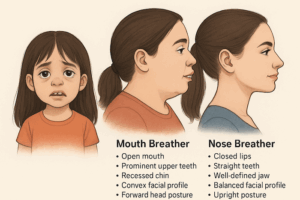
Jaw and Teeth Growth
Narrow palate, underdeveloped jaws, crooked teeth, malocclusion.
Oral Health
Risk of trauma to exposed incisors, gingival inflammation and hyperplasia, increased risk of cavities, bad breath
Disrupted Oro-Facial Functions
Low tongue posture, incorrect swallowing, chewing and speech difficulties.
Posture
Forward head posture, cervico-cephalic hyperextension, rounded shoulders, overall imbalance.
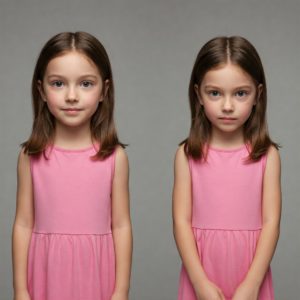
Sleep and Concentration
Snoring, sleep apnea, non-restorative sleep, fatigue, decreased attention, behavioral problems.
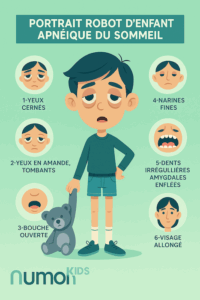
General Health
Increased risk of ENT infections, allergies, asthma.
Physiological stress (increased heart rate, excessive cortisol secretion).
Good news: most of these effects are reversible if nasal breathing is restored early, thanks to a multidisciplinary approach (orthodontist, ENT, pulmonologist, allergist, speech therapist, physiotherapist…).
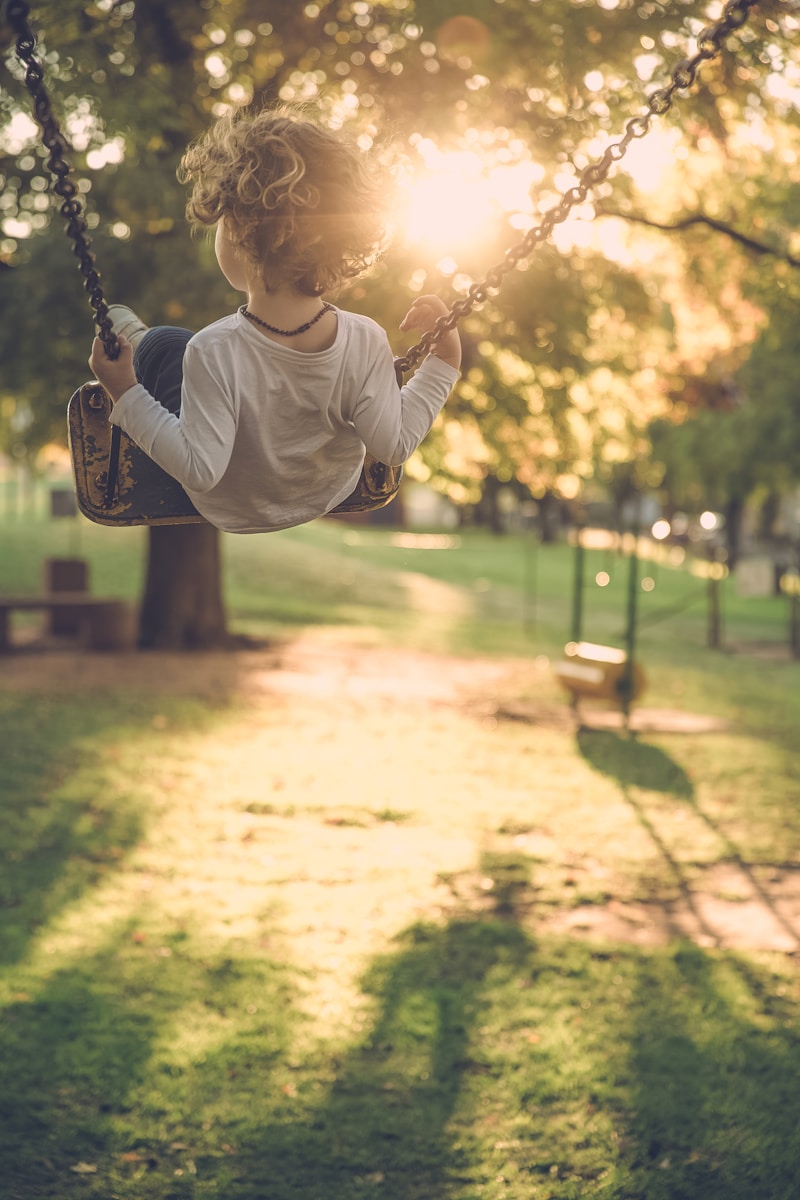
Why would my child need it?
When to consult?
Some warning signs for parents
- Your child sleeps with their mouth open, breathes loudly, or snores.
- They struggle to close their lips or position their tongue incorrectly.
- They lisp, or swallow with a tongue thrust.
- Their face lengthens, their chin recedes, their posture becomes stooped.
- Their teeth shift after orthodontic treatment.
> Early detection can prevent more extensive treatments.
Myofunctional rehabilitation
It consists of targeted and playful exercises that help the child to:
- relearn to breathe through the nose,
- correctly reposition the tongue and lips,
- correct atypical swallowing,
- stabilize orthodontic results.
This approach complements orthodontic treatment and improves the child’s overall well-being.
A Multidisciplinary Approach
Success comes through a team:
- Orthodontist: corrects teeth and jaws.
- Speech therapist: rehabilitates tongue, swallowing, speech, breathing.
- Physiotherapist & Osteopath: address posture and tension.
- ENT / Pulmonologist / Allergist: check the airways.
By working together, we help children breathe better, sleep better, and grow better.
In Summary
- Orofacial myofunctional disorders are common but often unrecognized.
- They affect growth, sleep, and general health.
- Early detection changes everything.
- Myofunctional rehabilitation, combined with orthodontics and a multidisciplinary approach, allows children to breathe better, smile better, and grow up healthy.
Children’s Yoga
Why consider yoga in oro-myofunctional rehabilitation?
At Nuumoon, we believe in a holistic, evidence-based approach to support children in their breathing rehabilitation. It turns out that yoga, far from being a passing fad or a simple flexibility exercise, is now validated by research as a true complementary respiratory therapy – and perfectly suited for growing children.
Breathing disorders in children, particularly mouth breathing, are associated with numerous craniofacial, postural, cognitive, and even behavioral consequences. It is therefore crucial to restore automatic nasal breathing, both day and night, and this is where yoga comes in.
Strong Scientific Support: Yoga, Validated for Asthma and Respiratory Conditions
Major studies have shown that respiratory techniques derived from yoga, particularly pranayama, improve respiratory function and quality of life in asthmatic children.
- Dr. Virendra Singh conducted the first randomized double-blind study on yoga for asthma, published in The Lancet and other recognized medical journals. These results are now cited in the GINA guidelines for asthma.
- A systematic review (Das et al., 2019) confirms that yoga and breathing exercises improve asthma symptoms in children.
- Regular practice of alternate nostril breathing (nadi shodhana), full breathing, and certain postures (asanas) helps to act on respiratory mechanics, parasympathetic tone, and inflammatory conditions, all essential for breathing rehabilitation.
Breathing, Posture, and Body Awareness: a Winning Trio
Yoga acts on several levels, which makes it such a valuable ally in oro-myofunctional rehabilitation:
- Mechanically:
- Improvement of rib mobility, thoracic expansion, and diaphragm flexibility.
- Global postural alignment limiting kyphosis, opening anterior and posterior ventilatory space.
- Gentle yet profound rehabilitation of accessory respiratory muscles.
- Neurological and autonomic aspects:
- Activation of the parasympathetic system, a natural regulator of chronic inflammation and stress.
- Learning emotional self-regulation and concentration, facilitating treatment adherence.
- Behavioral aspects:
- Children develop breath awareness, a central element in breaking the habit of mouth breathing.
- Introduction of relaxation rituals (such as yoga nidra) at the end of the day or before bedtime, promoting nocturnal nasal breathing.
A Practice Adapted for Children: Simple, Fun, Effective
The benefits of yoga appear from just 20 minutes of daily practice for 12 weeks, according to available meta-analyses. The chosen exercises must be adapted to age and ventilatory profile, and integrated into a joyful routine.
At Nuumoon, we have designed therapeutic yoga protocols integrated into our myofunctional rehabilitation programs, in partnership with instructors trained in pediatric yoga therapy.
Nuumoon, at the forefront of therapeutic innovation… never losing its breath.
Our vision? To offer children comprehensive rehabilitation that helps them not only breathe better, but also grow better, sleep better, concentrate better… and perhaps even dream better.
No Results Found
The posts you requested could not be found. Try changing your module settings or create some new posts.
INSIGHTS
Content for children